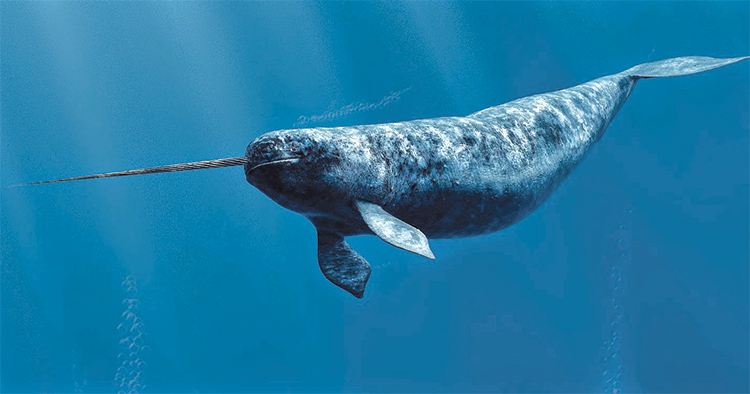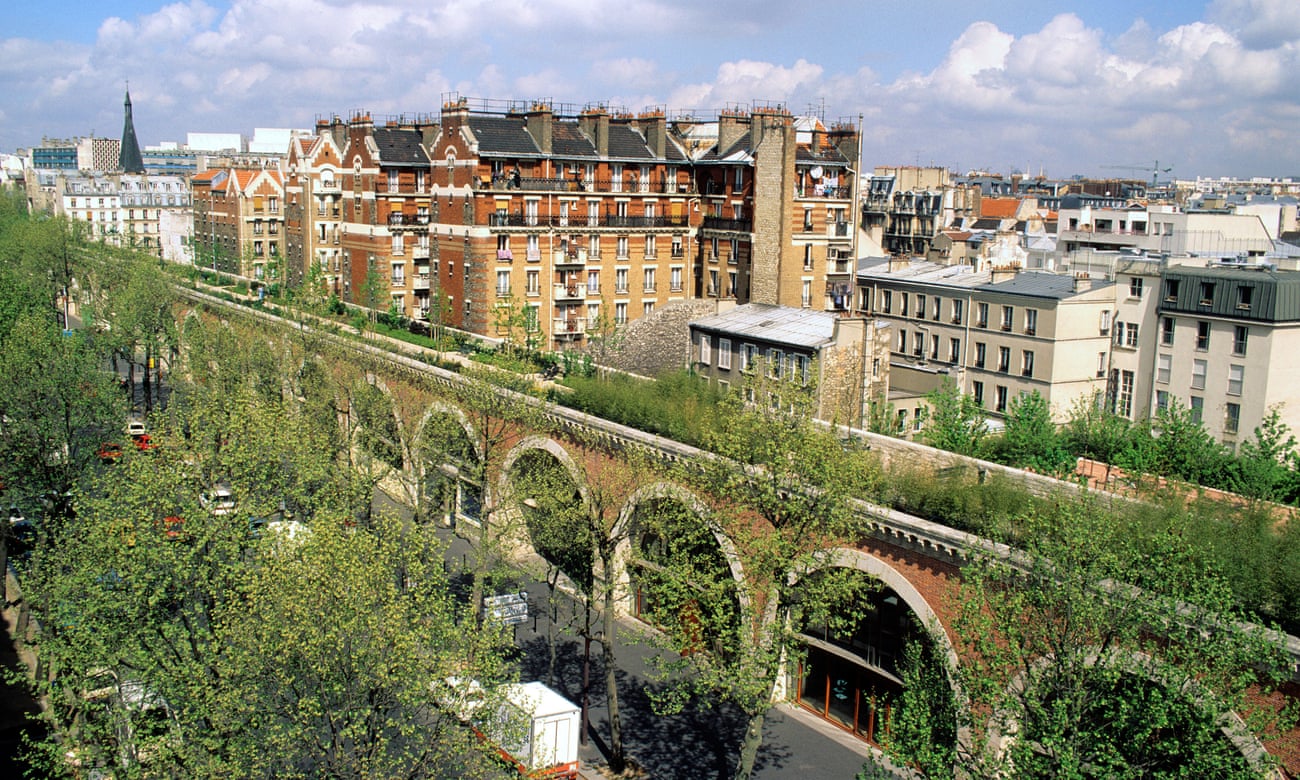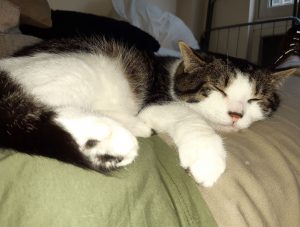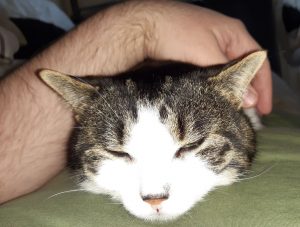For folks who are new to social justice actions:
1. Water makes pepper spray worse. Use milk or liquid antacid and water. Don’t wear contacts.
2. If you get tear gassed, when you get home, put the contaminated clothes in a plastic bag for later decontamination and shower with cold water to avoid opening your pores.
3. Come with friends and don’t get separated.
Avoid leaving the crowd and watch out for police snatch squads.
4. Beware undercovers, but beware snitch jacketing and collaborator ‘peace police’ even more.
5. The far right is very good at combing through pictures and doxxing people. Mask up.
6. Write any necessary phone numbers you may need directly on your skin in sharpie.
7. Have an offsite plan for emergencies if you have not been heard from by X time coordinated with someone offsite.
8. Make sure all mobile devices are charged!!
9. If you plan on going to jail, plan it: bail, lawyer, time off from work, witnesses i.e.: a cadre. Don’t just go to jail without training.
10. Beware folks inciting violence. Most of them are police feds. Watch out for hook ups for the same reason. Get to know the crowd. They will set you up.
***Please don’t share this status. Copy paste it without attribution. ***









